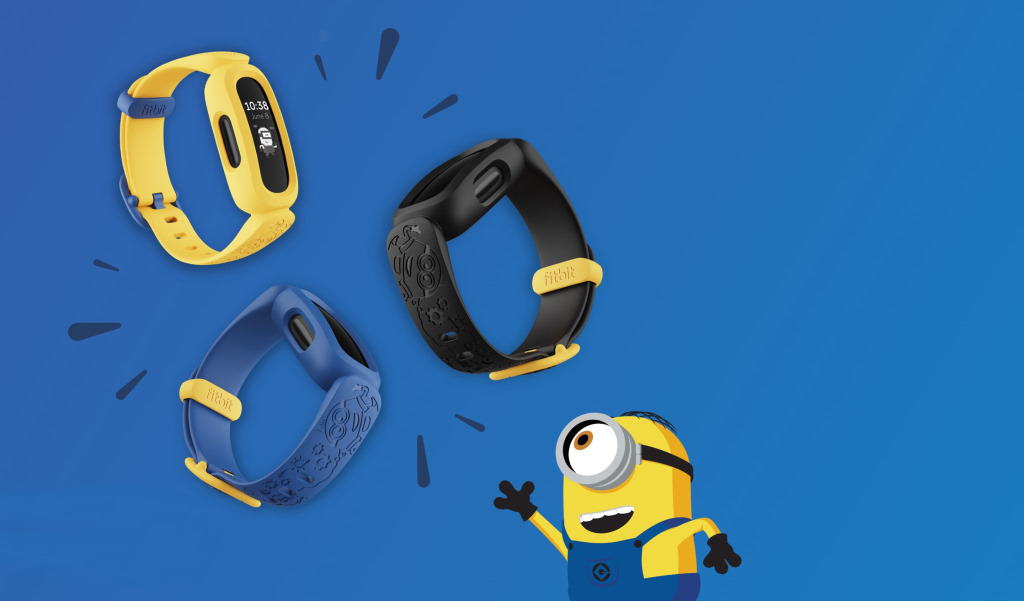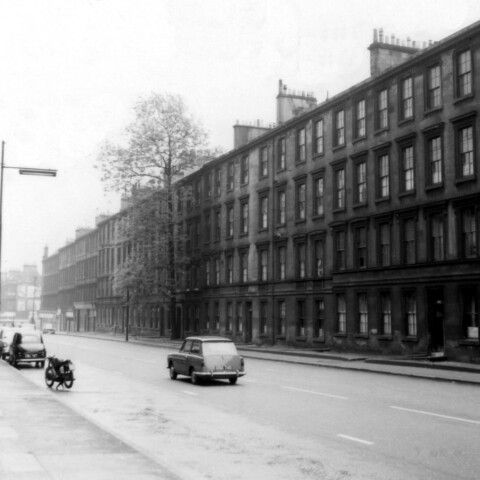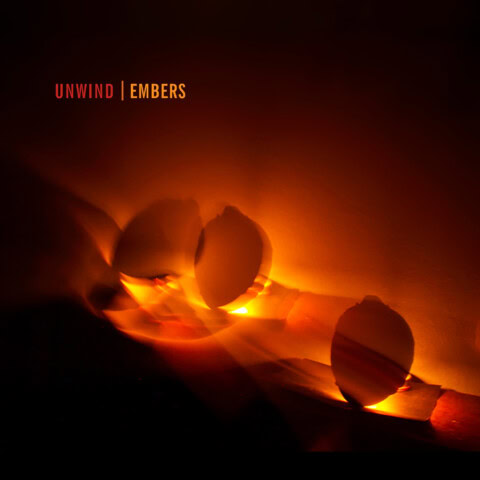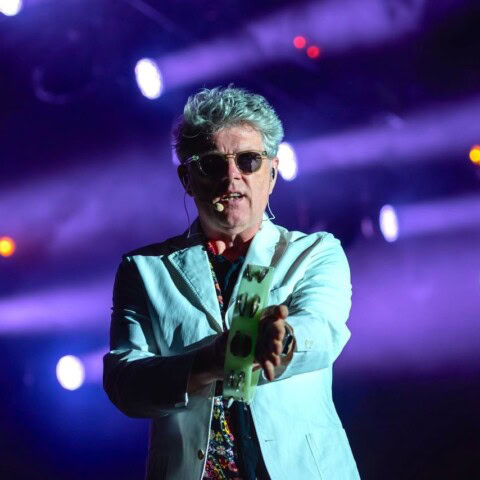Veteran Kiwi drummer Bruce Aitken has a storied career and an avalanche of incredible new music released this month. We subject him to the great Witchdoctor Q&A.
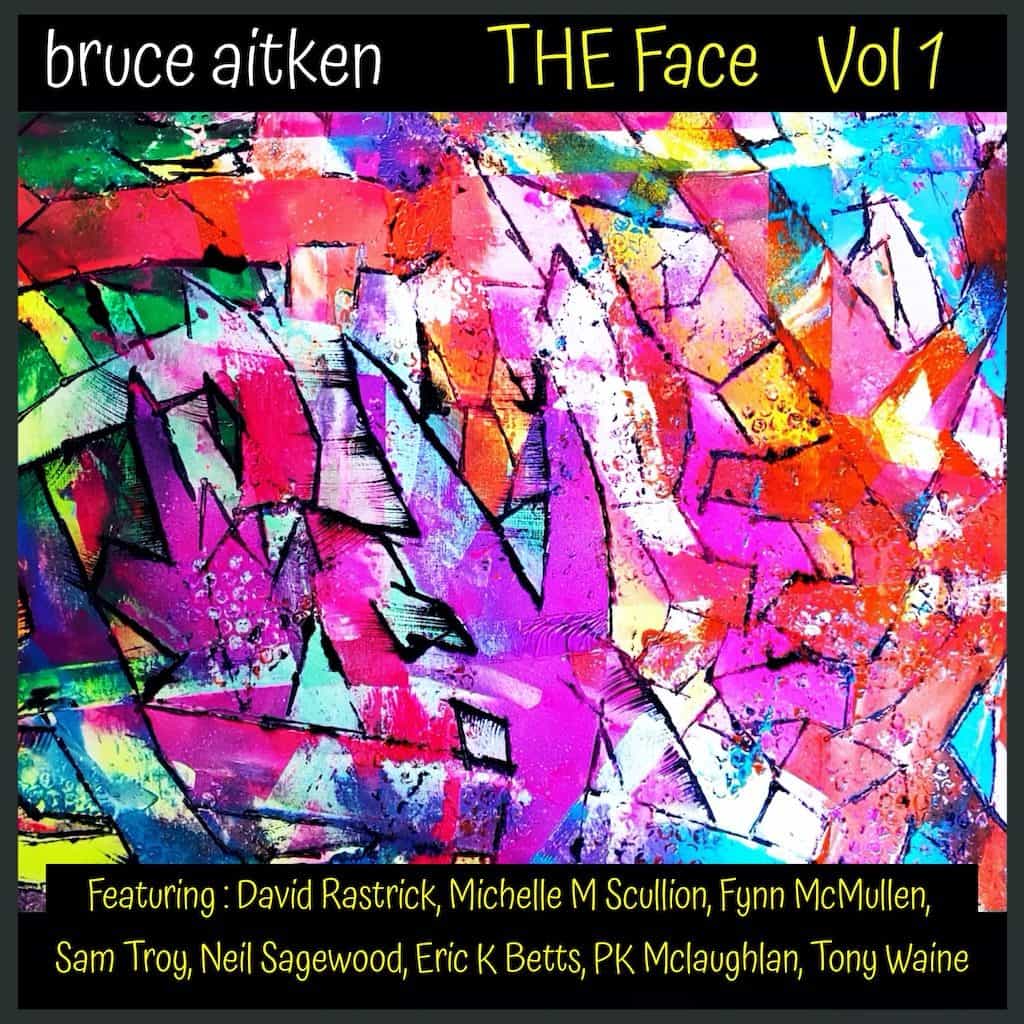
One of New Zealand’s longest-serving, reliable members of the drummer fraternity, Bruce Aitken’s bio stretches from boyhood groups in Invercargill in the mid-1960s through to his current domicile in New South Wales, where he’s involved with a number of collaborative projects. In between, he played with dozens of bands throughout New Zealand and Australia and contributed to hundreds of studio and live sessions. Bruce moved to Nova Scotia for a time in the late 1990s, where he ran an annual drum festival featuring a who’s who of international players. A dedicated proponent of holding down the beat in the best possible way to bring out the totality of a group performance, Aitken’s latest venture is one out of the bag: a slew of drum-centric albums on which star performers add their performative magic to his intricate percussive fantasias.
Gary Steel – Bruce, I listened to this thing (The Face Vol. 1) all the way through and it just about melted my brain. What the hell? What’s got into you?
Bruce Aitken – Freedom road, that’s what’s gotten into me! I’d previously worked on hundreds of sessions, including albums, EPs, singles, cassettes, CDs, demos, overdubs of other drummers’ tracks, anything to do with the studio.
But in all those cases the red light went on, and you’re under the clock, it’s usually (normally) about money. The cost of recording, as we all know, it’s a very expensive procedure. But in the last year and a half, I have been able to record what I like, when I like, for as long as I like… and that has given me this opportunity to finally ‘be me’, and travel the freedom road. The end result is my first album The Face Vol 1, the first of four albums to be released over the next few months.
Would you like to support our mission to bring intelligence, insight and great writing to entertainment journalism? Help to pay for the coffee that keeps our brains working and fingers typing just for you. Witchdoctor, entertainment for grownups. Your one-off (or monthly) $5 or $10 donation will support Witchdoctor.co.nz. and help us keep producing quality content. It’s really easy to donate, just click the ‘Become a supporter’ button below.
Gary – Presumably it was the boring fact of the 2020 lockdown that initiated the project. Had the idea been simmering away for some time?
Bruce – Yes and no. It would be fair to say a year and a half ago I didn’t even own a single microphone cable. I set up a wee studio in our spare room, a very small room but for whatever reason, the room really records well. Once I realised I might have a chance to do some recording, I threw caution to the wind, purchased a small amount of equipment and off I went. The first recordings were all done in Garageband on a PreSonus 4 track, with four Shure mics. (Three SM 57’S and a bass drum mic). I was so amazed at what I was able to do that I got lost in it. I was grateful for the immense help and encouragement of two wonderful friends and musicians, Levi Burr and Sam Troy, both experienced in recording music, Levi with his own home studio and Sam an engineer at Studio 301, probably Sydney’s best-known studio. The more I recorded the more I realised I had to learn so much, and the biggest surprise was what came out of me. A lifetime of ideas just happened. All the things I’d imagined but I’d never realised suddenly started to materialise. Once I started I couldn’t stop. Then I was offered an 8 track Presonus Interface for $100 from Woz, a mate of Levi’s and a whole other world opened up for me… So I got a bunch of AKG Drum set mics, and suddenly realised I could add tracks upon tracks upon tracks with just the click of a button.
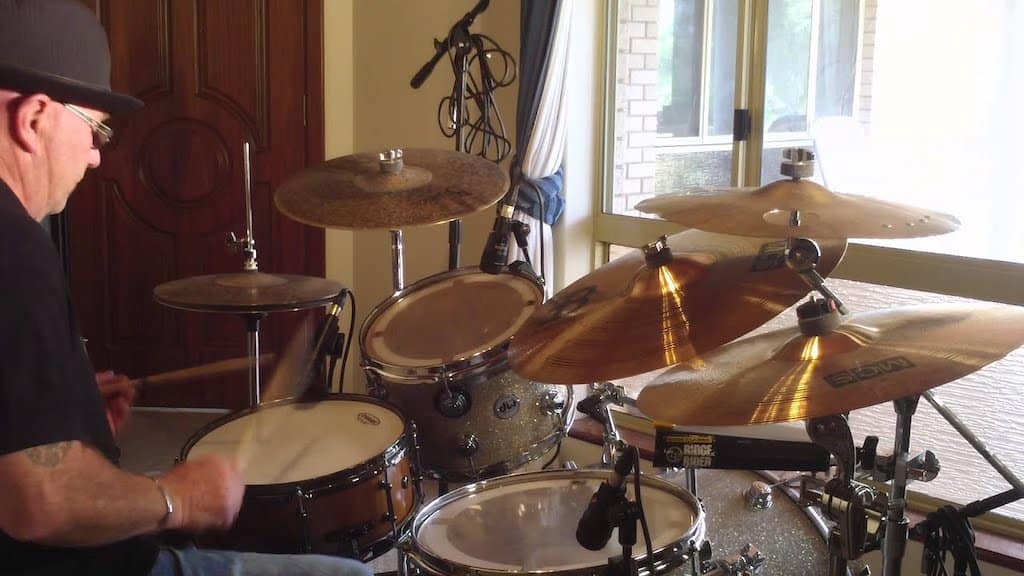
Gary – So… to get it clear in my head, firstly you wrote/constructed a singular percussion track which you sent to a bunch of potential collaborators to add their stuff. Then, the ones that passed muster were chosen for 15 individual tracks that you wrote/constructed and sent out to each of the chosen subcontractors?
Bruce – Close but no cigar. Actually, there were 16 tracks including the one I sent to myself. I had already recorded or attempted to record several tracks, and started wondering what to do with some of them, and as well as the experimental meanderings, I was recording drum tracks for some other folks, once they found out I had a recording facility. So one day I was fooling around, the red was on and a track got laid and I was reasonably happy with it, and the thought crossed my mind, a thought I’d had some years earlier, and the light went on. My thought was, I wonder what would happen if you sent x amount of musicians the same bedding track and said ‘do as you please and send it back to me’? So I did, but disaster struck and I inadvertently wiped the track. So, I set about recording another track, which became what is now known as Once Upon A No Name. The title I gave it arrived from my love of what was once referred to as Spaghetti westerns, especially Once Upon A Time In The West and crossed with The Good The Bad & The Ugly trilogy…The Man With No Name, hence Once Upon A No Name. So I just asked 20 or so friends in NZ, Australia and Canadia, as I call it, if they were interested, then sent a copy of the completed track and waited to see what would happen, and much to my surprise 15 of them said YES! You could have knocked me down with a feather. So then I ‘wrote’ another 15 individual tracks, especially for each person. That became known as The Face.
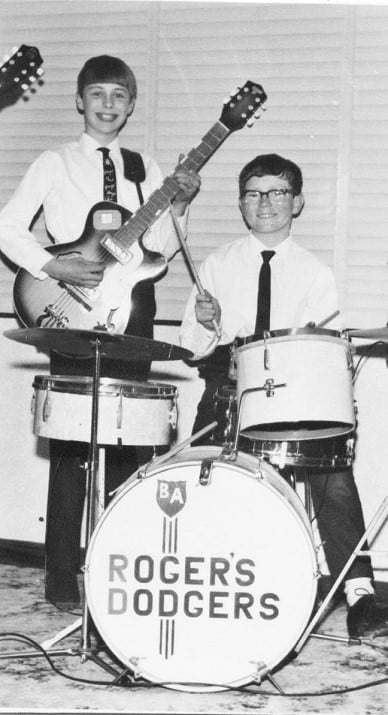
Gary – In your long, storied career, have you ever embarked on such an ambitious and overarchingly creative musical endeavour?
Bruce – The short answer is NO. This has taken almost a year and a half to come to fruition, hours of painstaking listening, creating, learning, relearning.
I had no idea how long it would take. That was never a consideration, I was so wrapped up in the creating aspect I didn’t think about the ‘how long’ aspect.
And I might add, at the same time, I suddenly started working on four or five other albums, with like-minded musicians who got involved with the first of my projects. It just blossomed and bloomed, and I was in creative time and space, in the present time.
Gary – You seem to be on a creative roll, both with your music and your other pursuit, the visual arts. Does this mean there’s hope that Keith Richards’ best work is still ahead of him too? But seriously, why has it taken you so long to get to this point?
Bruce – I don’t really know…. it doesn’t really matter to me, I have done so much in my time to date. Been places, seen things, won many awards, drummed on two award-winning albums in Canada, toured Afghanistan, played as a guest with a multi-award winning blues band in Nashville to an SRO gig, played three international drum festivals. But one of my most treasured gigs was being invited by Pete Warren to drum at the Graham Brazier posthumous CD release in Auckland in 2017 and the pleasure and honour to double drum with Ricky Ball in the finale (five tunes). I got many calls while living in Canada to do tours at short notice, or if the drummer wasn’t working out. I did two tours with The Irish Rovers across Canada. It’s been some journey. And not forgetting all the wonderful bands I worked with in NZ from Invercargill to The Hutt Valley. All these experiences just built inside and just seemed to come to the fore in 2020.

Gary – You’re one of NZ’s “legacy” rock drummers and have more or less sustained a life in music for more than 50 years, as catalogued in your memoir, Truth, Dare Or Torture? How do you get from Rodger’s Dodgers in Invercargill to this sophisticated and virtuosic creative peak? Or is it best not to try and comprehend the journey and how it led you here?
Bruce – That’s really nice of you to say that. I don’t really think about myself in those terms. Sometimes you can just be in the right place at the right time for the gig of gigs. But one thing is for certain, I’ve worked hard, I learnt to read drum music, I studied music (I have a Music Diploma from The Tafe in Sydney), I learnt to listen, made my share of mistakes along the way and have always been happy to be told. When I owned and ran the Drum Fest and it was very successful, I often wondered how I did it. I just put it down to our Kiwi attitude. ‘If anyone can a Kiwi can’. I don’t have a secret formula, just a great head for ideas and giving it a go. A lifetime of taking in as much as I could from all the places I’ve been and the things I’ve seen, then suddenly one day the world changed and all those years of collecting life experiences came to the surface. End result, experimental, soundscaping musical adventures.
Gary – You’re something of a drummer’s drummer, having held the backbeat in dozens of bands over the years and even run your own international drum festivals featuring a dazzling array of legendary talent. Do you see Once Upon A No Name as your ‘coming out’ to show the world what you’re really made of?
Bruce – A drummer’s drummer… I don’t see myself in that category. It’s about the tunes, not about me as such, but at the same time it certainly ‘says’ a lot about me, my development. I feel as though I’m playing the best drums and percussion of my life at this moment, and I’m sure that people who know me well would see and hear that, but that’s just my take on how I feel about my music right now, and I’m so happy to able to share what I’m thinking and writing and recording with others, hoping, of course, they will enjoy the journey. I have always thought that as long as a musician plays well and to the best of their ability and with heart and feel, that’s all that really counts, getting great enjoyment, and giving your all to those listening. I’ve always said this, I try to play my best to one, or one million, you should always play your best, ‘cos you never know who’s going to walk through the door.
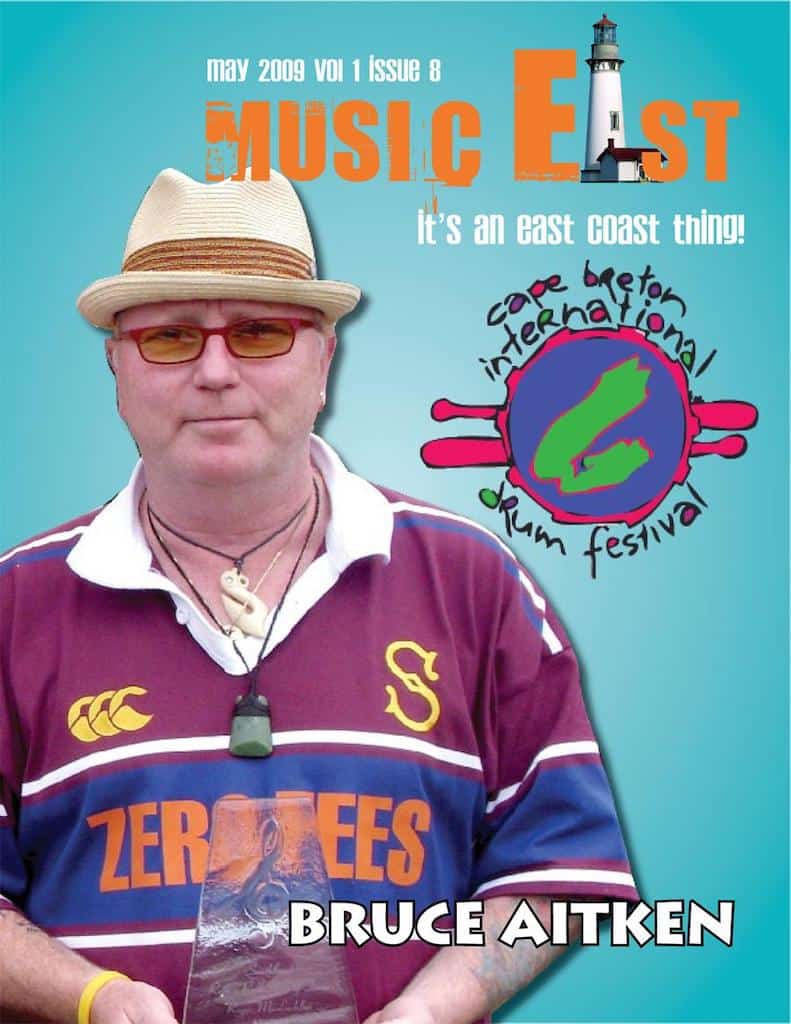
Gary – How did you find/target/proposition your collaborators on the project?
Bruce – I just had a bunch of great mates and matesses in mind as a group as a whole, I had no idea if any of them would even be interested. I chose musicians who could play a bunch of different instruments – sax, trumpet, flute, bass, guitar, etc… and the results were just amazing. Until you ask you just never know. Legendary NZ bass player Tony Waine… I was so thrilled he was even interested. Multi-instrumentalist David Rastrick from Albany WA. Teaming up with Michelle Scullion again after all these years. Finding out that my mate of over 40 years Neil Sagewood played the sax. All these little things made an exciting adventure, and of course all my mates from the band I play in here in Sydney, The Tall Ships. Well, they jumped aboard. Levi Burr, PK Mclaughlan, Eric Betts and the absolutely amazing David Evans on violin. What more could I ask for, I was over the moon. Not everyone I asked was interested, but the one thing everyone I approached did have in common was that they were very supportive and wished the best for my adventure.
Gary – Why make something that’s so incredibly “out there?” I mean, where are the melodies and harmonies and Auto-Tuned vocals?
Bruce – If you listen very closely you will hear the melodies, and all the instruments are harmonious, and only instruments (or vocalists) who are out of tune, or pitchy use Autotune. The one direction I gave was this: “There is only one rule…THERE ARE NO RULES! “Out there” is where I can be me, it’s that feeling I had as a little boy lying in the long grass in a field on Kings Farm in Queensberry Central Otago, looking up at the clouds and the blue sky and imagining all the things you can see in the clouds and all the places you can go in your life, if only you just believe in you.
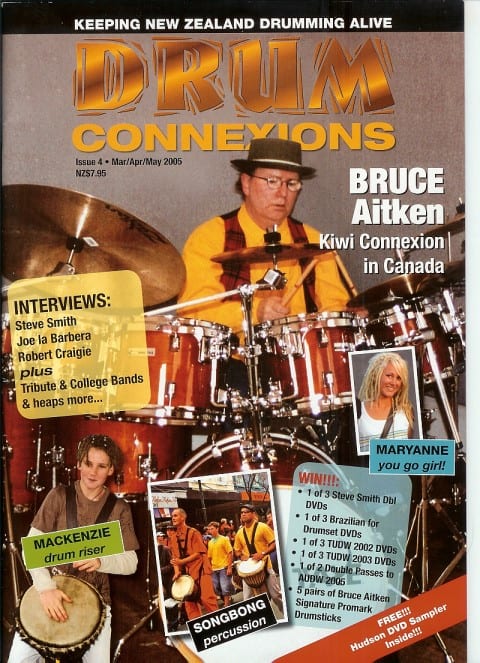
Gary – You refer to your drum and percussion tracks as having been ‘written’. Many might assume that they were completely improvised. What was your process, and how did you know when you’d got where you wanted to go with each piece?
Bruce – The bed tracks were all one take, improvised. I guess when you have so many ideas they just come to life, that’s pretty much what happened. That’s me ‘writing’ my soundscapes. I played until I felt it was resolved, some tunes are 15 minutes in length, some are four minutes, I didn’t consciously think about how long the recording was going to be. When I was recording percussion overdubs, I’d listen to the playback of the bedding track on either drums or say congas, and record another percussion instrument, then I’d mute the overdub I’d just done and do another track with a different percussion instrument. This would carry on until I’d completed what I wanted to hear sound-wise. Then I’d unmute all the tracks and listen. I was astounded at what happened most of the time, it all just fell into place. Sometimes I had to make some minor edits. I used this method for most of the tunes. Then of course there were some others that were overdubbed in the ‘normal’ way, listening to everything that went before. Then generally after I was happy with the tracks, I would if I thought it would enhance the tune, add sound effects. Then the last thing I had to learn and develop was mixing the tunes, which was a wonderful experience and once again I had great help and encouragement from Sam Troy who has what they call in the business ‘Big Ears’. As in all sessions, not everything goes right all the time, and some things didn’t work out, but I never let that get me down, I just kept trying different ideas until I was happy with what I was doing.
Gary – When your collaborators returned the file with their bits added, were there times when you thought “Nah! can’t live with that!” and deleted bits? Or was it all good? Was there additional post-production?
Bruce – In some tunes there were no editing or changes at all, in others, there was some or much. That was only because of what I had in my ears depending on how I heard the tune. I must say though it was never a case of the musicianship, which was all incredible, it was more about making something different and exciting and daring, I would just hear things and go… hmmm I’m going to try that and so it came to be. Some players I asked to do two or three different takes, because I was getting more familiar with how to do things, editing overdubs, etc. And with more takes, I could try more outrageous things. There are several sound effects added, and lots of percussion overdubs. So it would be fair to say I spent a considerable amount of time in post-production. It was definitely a steep learning curve.
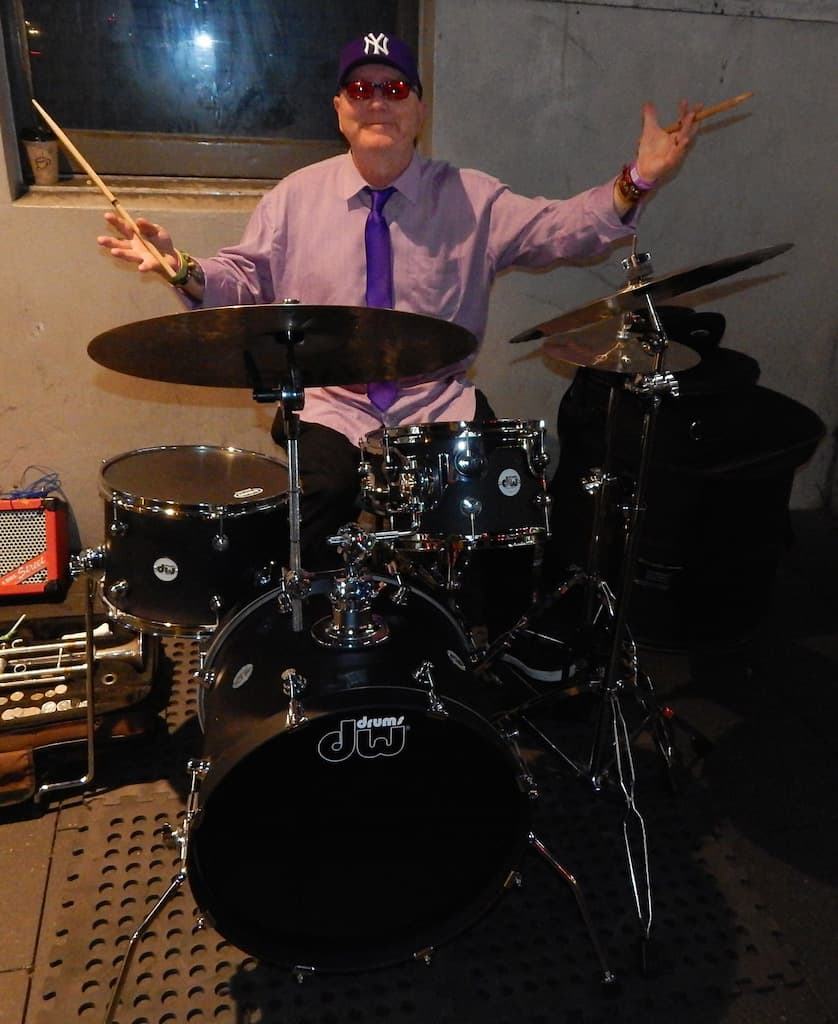
Gary – This album’s pretty far-out for a debut album of a veteran player. Once the two parts of the album are out there and fully digested by a rapacious public, are you considering doing something a little more, uh… accessible?
Bruce – I’ve done accessible before, it’s fun, but I’m more interested in the path I’m travelling at present, plus three weeks ago Levi came over to my studio and over a period of days we bed-tracked drums on 30 tunes for the next two Tall Ships albums. I’m working on two other albums with David Evans, one with Michelle Scullion, and on it goes… so I’m very happy where I’m at.
Gary – On some tracks, it sounds like not just everything and the kitchen sink but Daddy’s toolshed implements as well. I gather that because of the quite intricate overdubbing process the album won’t be translatable in a live context?
Bruce – Well if I could replicate all the drum and percussion parts, at the same time in concert, then possibly, just maybe. Then I’d be a drummers drummer!
These albums were recorded for just that purpose, a recording, I never gave a live performance of this a second thought.
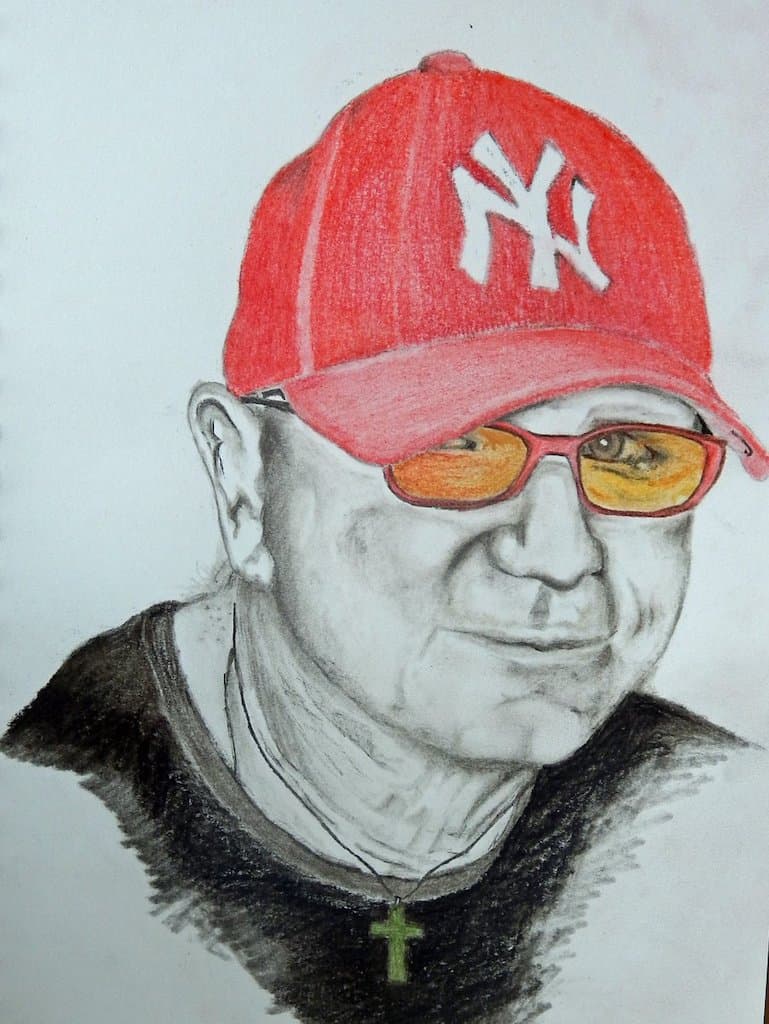
Gary – The sound is very dynamic and hi-res. Can you explain a little of how you got it to sound so good?
Bruce – Once again I’m rather floored by that question, and humbled by your opinion. I would have to say the room sound was pure luck, the mic placement was trial and error, but it felt more trial than error. The two things regarding the drum sound that were of paramount importance in achieving my dream were the DW Designer Series kits (2) which are just incredibly made instruments and secondly, having the knowledge and ability to be able to tune drums. I have been a DW Endorsee for several years now, and just playing these drums brought out the best in me. You sit at the kit and wow… the sound… just amazing for me. The only other drum I use regularly is my NZ made Samplonius Snare made of Kauri and Paua Inlay gifted to me by the company (Jody Samplonius) when I performed at the Auckland Drum Festival in 2017. This snare drum is phenomenal. Great room, great equipment, great tuning… and daring to fly without the safety net and not being frightened to try things.
Gary – Favourite drummer? Favourite Kiwi drummer? Favourite musician? Favourite composer?
Bruce – A) Denny Seiwell , Jim Keltner, Ringo & Charlie & Elvin. B) Frank Gibson Jr , Glen Absolum, Bill Brown, Richard TeOne, Ricky Ball, Billy Nuku. C) John Coltrane, Bob Dylan, Frank Zappa, Miles Davis. D) Frank Zappa ,John Lennon.
- Bruce Aitken – The Face Vol. 1 is released on September 1 with Once Upon A No Name following on September 14. Both will be available via the usual streaming outlets. We urge you to support Bruce by buying it (or at least donating some cash) on Bandcamp.










